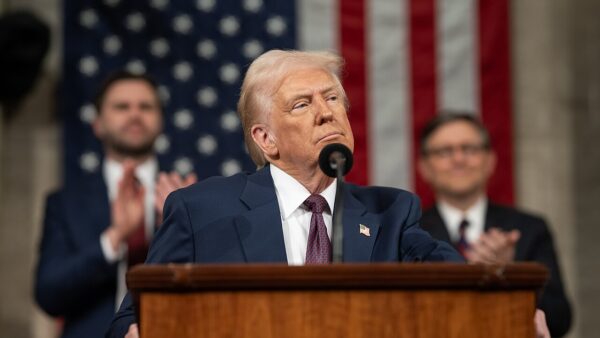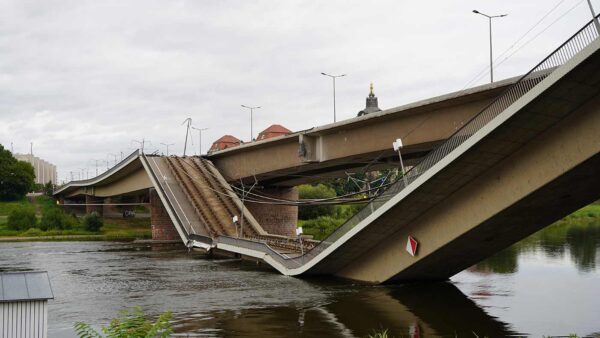Steeply rising inflation in the construction sector caused by President Donald Trump’s tariffs is hampering America’s ability to renovate its infrastructure, according to an analysis by the Wall Street Journal (WSJ).
The paper says this puts two of the Trump administration’s flagship policies – an aggressively mercantile approach to overseas trade, and a desire to invest in domestic infrastructure – in conflict with each other.
According to the Bureau of Labour Statistics, the price of diesel was 27% higher than it was on October 2017, asphalt-paving mixtures were up 12%, and steel-mill products rose 18%.
The rise in steel prices was partly due to tariffs of 25% on steel imported from China and other countries, imposed in June. This has lowered competitive pressure on domestic mills, allowing them to raise their prices.
Among the victims of the inflation is the Foothill Gold Line, a 20km light rail extension outside Los Angeles (pictured). It will cost an extra $570m than expected, bringing the project’s total cost to $2.1bn and triggering a retendering of the work, the WSJ found.
Elsewhere, in Dover, New Hampshire, the winning bid on a flood-control project came in $1.5m higher than the city’s $3.3m estimate, a hike of just over 45%, which means the city may have to cancel other planned projects. The New Hampshire Department of Transportation said there had been a 30% surge in steel prices since the summer.
In West Virginia, a works programme that included repairing 25 bridges on Interstate 70 came in more than $100m higher than a state estimate. A spokesman told the WSJ that the state plans to put the project out to bid again. And a ferry terminal in Mukilteo, Washington, will be delayed after the lowest bid received was $12m above the state’s $65m budget.
Factors outside Trump’s tariffs are pushing up costs, however. Construction inflation has been exacerbated by the tightening labour market, as well.
Analysis by employers’ body the Associated General Contractors of America (AGC) shows that construction added 30,000 jobs in October and 330,000 jobs over the past year, topping 7.3 million for the first time since April 2008. Meanwhile, average pay jumped and unemployment decreased to a historic low.
“Despite the steep gains in employment and pay, a recent survey by the association finds contractors continue to struggle to find qualified workers,” the AGC said.
Meanwhile, the Trump administration had promised to put in place a $1.5 trillion renewal programme but, by March 2018, Congress had allotted just $21bn to it, slightly more than 1% of the total, reports The Washington Post.
Image: The Southern Californian Gold Line (The Foothill Gold Line Construction Authority)
Further reading:










